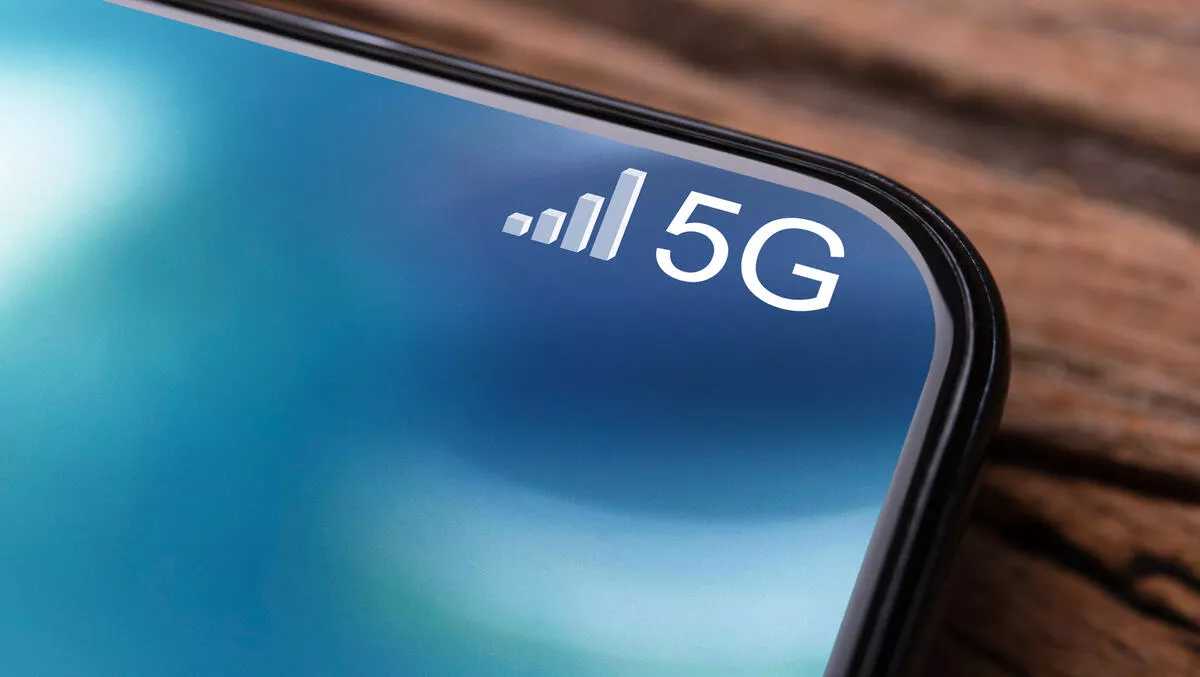
Mobile vendors scramble as handset market transitions to 5G
Mobile device vendors are scrambling for differentiation as the handset market is set to transition to 5G, says ABI research.
The analyst company says the race is on for OEMs to find a level of differentiation in their flagship portfolios to help boost margins and improve market share.
Despite a backdrop of the on-going effects of the pandemic and the geopolitical landscape, the impact on 5G supply chains throughout the past year has been minimal when compared to the wider smartphone market. This has led to 5G mobile device models becoming more diverse, brought to market quickly at a wide variety of price points, accelerating affordability and adoption.
The mobile market is quickly transitioning to 5G and many leading OEMs are pushing ever-deeper into the lower-priced 5G smartphone segment.
According to a new report from ABI Research, 681 million 5G handsets will be shipped in 2022.
And while there is a continuing need for vendors to drive adoption of cutting-edge trends in industrial designs, screen technology, chipsets, and camera setups, notably in flagship smartphones, they are also looking to alternative points of differentiation to keep pushing the envelope on innovation and an enhanced user experience.
"As the market will bear witness over the next 12-18 months, and with the quickening ubiquity of 5G, upcoming flagship smartphones from key vendors will need to embrace a host of additional features and functionalities to continue to provide industry-leading high-end products," says David McQueen, research director at ABI Research.
"Upcoming 5G flagships from leading vendors, such as Apple, Samsung, Xiaomi and OPPO, are expected to incorporate new features and form factor innovations such as ultrawide band (UWB) and Wi-Fi 6 connectivity, super-fast charging technologies, foldable and rollable displays, and improved camera set-ups," he says.
"These are all designed to help spark further evolution in device user interfaces, the growth in technology ecosystems, and enhanced experiences."
While 5G is quickly penetrating smartphones, there is anticipation that 5G integration and always-on connectivity will appear more readily on tablets, Chromebooks, and notebooks as the portable computing and mobile value chains converge more than ever, the research states.
The onset of the Coronavirus pandemic has boosted demand and increased the utility for these mobile compute products, with notable improvements being made in their productivity features to aid with an increase in home working, remote learning, and online gaming.
With a slew of new models due out in the next year, 5G is set to become a more prominent feature of these device types, with Samsung, Apple, and Huawei all lined up to create more 5G connected compute devices, benefitting from their vertical integration approach.
Cellular connected compute devices have only accounted for a small proportion of sales due to their mostly nomadic use case and high price differential, but it is expected that dozens of always-on 5G portable device models, tablets, notebooks, and ultrabooks will hit the market in 2021 and, according to ABI Research, sales of these 5G devices will exceed 10 million by 2022.
The advent of 5G, notably in the 2021 iPad Pro, may improve this share if new 5G business models and aggressive pricing can also stimulate demand.
Ultimately, this is another crucial step toward establishing a wider 5G ecosystem that extends beyond smartphones and leverages the technology to the mass market and a variety of vertical marketplaces, McQueen concludes.


